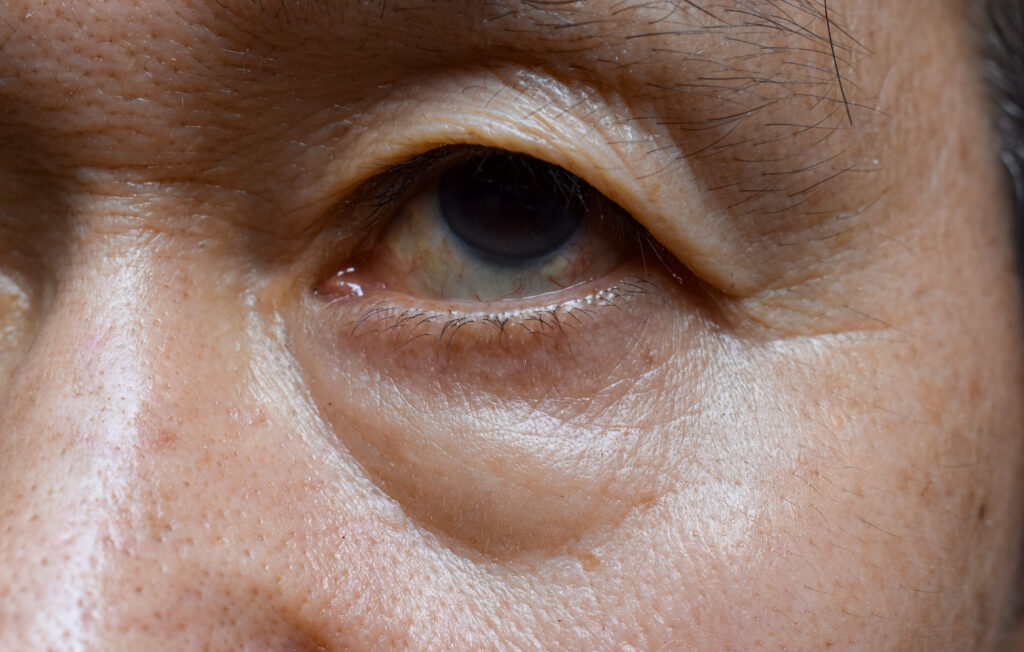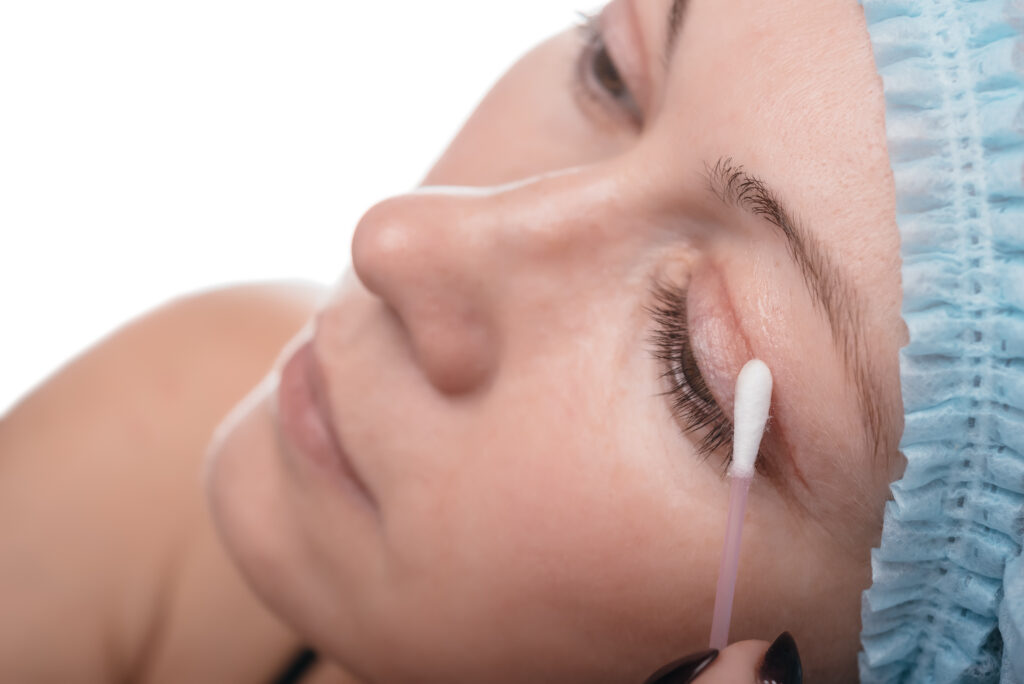Lower Blepharoplasty
Lower blepharoplasty, often referred to as eyelid surgery or an eyelid lift, is a cosmetic surgical procedure designed to rejuvenate the lower eyelids by addressing issues such as puffiness, excess skin, and under-eye bags. This procedure can help individuals achieve a more youthful and refreshed appearance around the eyes.
Preparation:
Before undergoing a lower blepharoplasty, patients typically have a consultation with a board-certified facial plastic surgeon. During this consultation, the surgeon assesses the patient’s lower eyelid anatomy, discusses their goals and expectations, and develops a personalized surgical plan.
Anesthesia:
Lower blepharoplasty is typically performed under local anesthesia with sedation. This means the patient remains awake but feels no pain during the procedure. In some cases, general anesthesia may be used, especially if combined with other surgical procedures.


Incisions:
The surgeon begins the procedure by making discreet incisions. The choice of incision technique depends on the specific goals and the surgeon’s preference. There are two primary approaches:
- Transconjunctival Incision: In this approach, the incision is made inside the lower eyelid, along the inner lining (conjunctiva). This technique is ideal for addressing fat deposits and puffiness without external scarring.
- Subciliary Incision: This approach involves making a small incision just below the lower eyelash line, which allows for access to both skin and underlying tissues. This technique is suitable for addressing excess skin and fat.
Tissue Removal and Adjustment:
Once the incisions are made, the surgeon carefully removes or repositions excess fat, muscle, and skin from the lower eyelids. The amount of tissue removed or adjusted depends on the patient’s specific needs and goals. The surgeon may also redistribute or reposition fat to create a smoother, more youthful contour, called a fat transposition. If this is done, small bolsters may be placed on the external skin which are removed at 7-10 days.


Closure of Incisions:
After the necessary adjustments are made, the surgeon closes the incisions using fine sutures. If a transconjunctival incision was used, there are no visible external sutures.
Recovery:
Patients are monitored closely during the immediate post-operative period. Some swelling, bruising, and mild discomfort are common after a lower blepharoplasty, but these symptoms generally subside within a few weeks. Patients are advised to follow specific post-operative care instructions, which may include using cold compresses, avoiding strenuous activities, and keeping the head elevated to minimize swelling.
Results:
The final results of a lower blepharoplasty become more apparent as post-operative swelling resolves. Patients can typically expect a smoother, more youthful lower eyelid contour with a reduction in puffiness and under-eye bags. The improvement in the eye area’s appearance is long-lasting, although it does not stop the natural aging process.


Additional Considerations:
Lower blepharoplasty is often performed as a standalone procedure but can also be combined with other cosmetic surgeries, such as upper blepharoplasty (to address the upper eyelids) or a facelift, to achieve a more comprehensive facial rejuvenation.
In summary, a lower blepharoplasty is a surgical procedure aimed at rejuvenating the lower eyelids by removing or repositioning excess fat, muscle, and skin. This results in a more youthful and refreshed appearance around the eyes. It is a popular and effective option for individuals seeking to address aging-related changes in the lower eyelid area and can provide a significant boost to one’s overall facial aesthetics when performed by a skilled and experienced surgeon.

